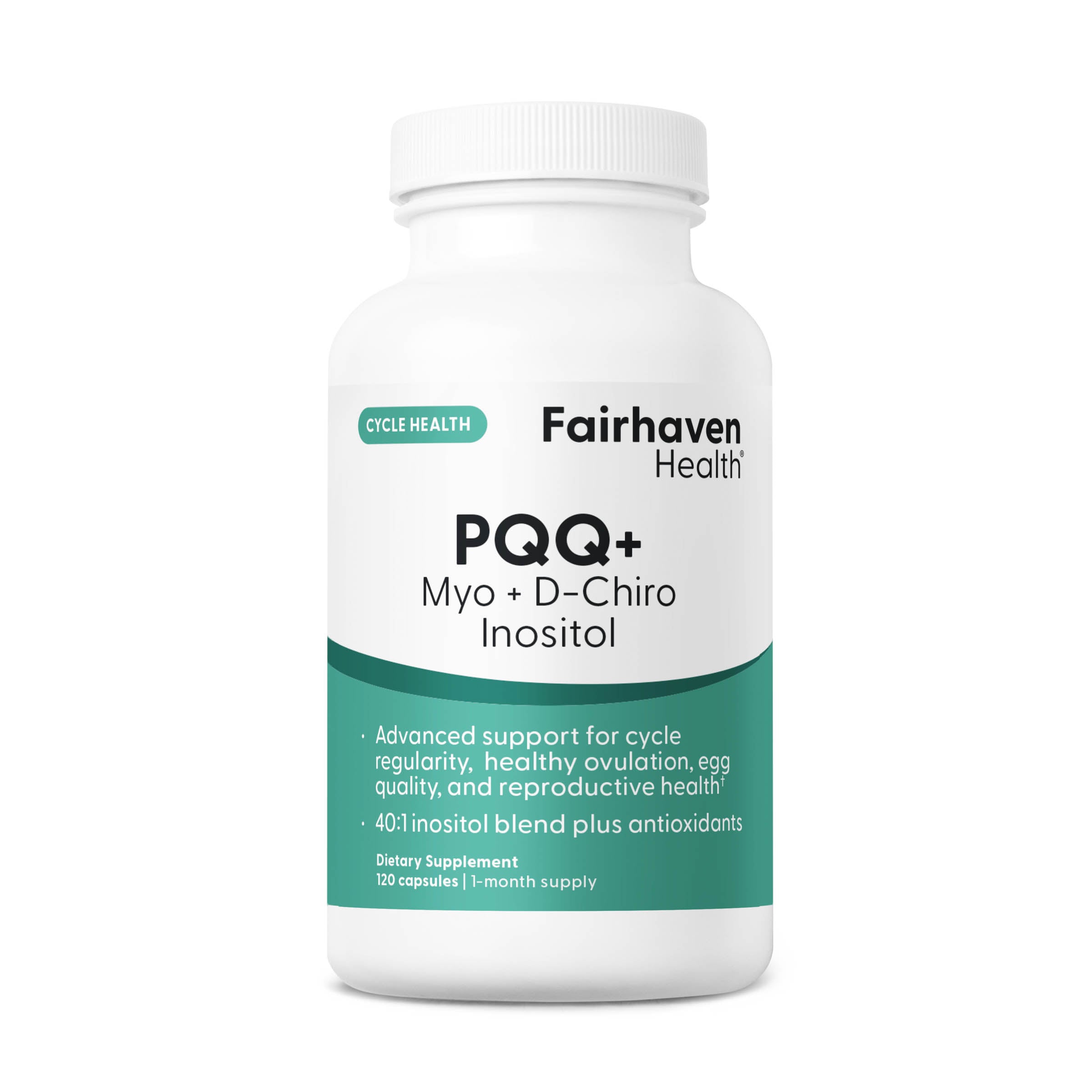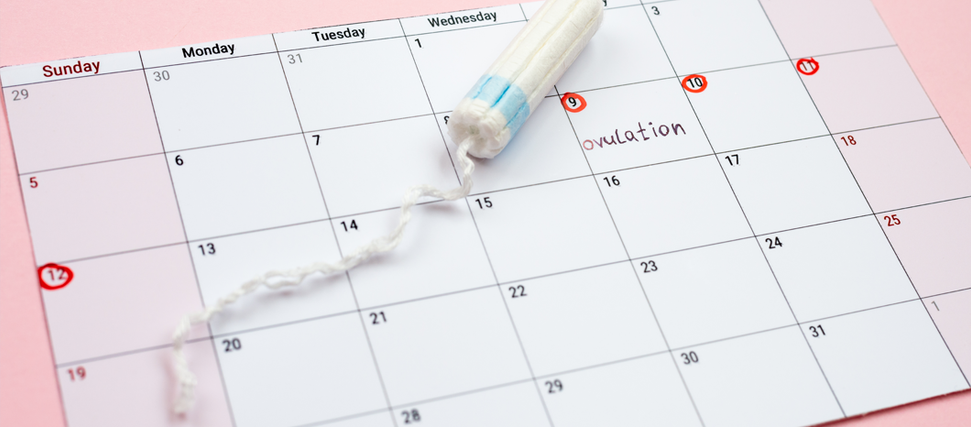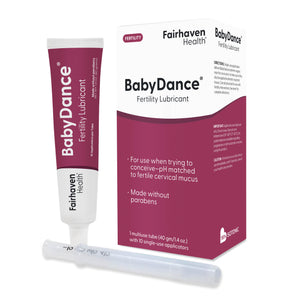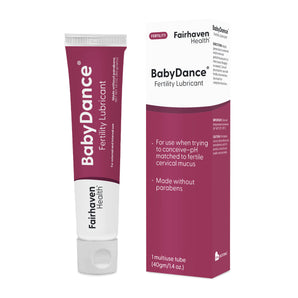Understanding Your Menstrual Cycle
Understanding your menstrual cycle is critical to charting fertility and predicting ovulation. Read about your menstrual cycle - what happens pre and post ovulation - as well as what happens during ovulation.
The menstrual cycle refers to the cyclical development and then shedding of the endometrium, the lining of the uterus. Understanding your menstrual cycle is important if you want to chart your fertility patterns, predict ovulation, and increase your chances of becoming pregnant.
Note: The most reliable way to pinpoint when you ovulate - your most fertile time of month - is by using urine-based ovulation tests. These can be purchased for as little as $0.55 per test (with free same-day shipping). An electronic fertility tracker can be used to identify even more fertile days each month, and is particularly helpful for women with irregular cycles.
A woman's fertile period during her menstrual cycle, on average, lasts about seven days: seven days before ovulation (the release of the egg), the day of ovulation, and the day after ovulation. After this, chances of conception decrease quickly, as the egg has a short life-span of about 24 hours.
Given this somewhat narrow window of opportunity for conception, understanding the menstrual cycle can help increase a woman's chances of becoming pregnant. The key is to predict ovulation with as much precision as possible. Of course, both the length and regularity of menstrual cycles vary greatly among women - so successful ovulation prediction depends both on understanding the general dynamics of the menstrual cycle, as well as a woman's own unique cycles and patterns.
*Editor's Note: Do you have questions about your cycle, ovulation, fertility charting - anything relating to getting pregnant? We have a wonderful online community at OvaGraph.com where you can ask questions, get information, or just let off a bit of steam! Come join in - we want to hear from you!
The Menstrual Cycle and Ovulation Prediction
The menstrual cycle is divided into two parts: pre-ovulation and post-ovulation. The ovarian cycle refers to the cyclical development and expelling of the egg from the ovary. Though the length and regularity of a menstrual cycle may differ, the average duration of a complete menstrual cycle is 28 days (though healthy cycles can run from 21-36 days). Below you will find an overview of a typical menstrual cycle with an image map based on a 28 day cycle length.
Pre-Ovulation
"Day 1" of the menstrual cycle is the day bleeding begins. Bleeding - or "menstrual flow" - last about three to five days. By the seventh day of the cycle, eggs in the ovaries begin to ripen due to various hormonal changes. Between the seventh and the eleventh days, the lining of the uterus begins to thicken and it is possible to observe changes in the presence and consistency of cervical fluids. After the eleventh day, luteinizing hormone cause the egg that is most ripe to be released from the ovary and begin its travel down the fallopian tubes to the uterus. For women with a 28-day cycle, ovulation (the release of the egg) should take place on about the 14th Day - or the very middle - of the menstrual cycle.
Post-Ovulation
The period after ovulation is called the luteal phase, and it is marked by a slight, but clearly measurable, increase in body temperature. (Note that if the luteal phase is too short, pregnancy cannot occur. This is known as a "luteal phase defect". Natural fertility supplements, such as FertilAid for Women, may be helpful in addressing issues relating to luteal phase defect.) Following ovulation, the egg travels the fallopian tube toward the uterus. If the egg is fertilized by a sperm (conception), then " implantation" should take place in the uterus (if implantation takes place outside the womb, this is an ectopic pregnancy. Ectopic pregnancy can occur in several places - but the most common is in the fallopian tube). Pregnancy begins if "implantation" occurs. If the egg is not fertilized, it will "expire" in about 24 hours. Without fertilization, levels of certain hormones will decrease , causing the lining of the uterus to break down and shed - otherwise known as menstruation, or a woman's "period". The first day of bleeding is "Day 1" of the next menstrual cycle.
The first part of the cycle, from menstruation to ovulation, may vary from 14 to 20 days in length. The length of the pre-ovulation phase is often different from one woman to another - but it can also differ from month to month for an individual. It is during first part of the cycle that fertilization can occur. Of course, regular menstrual patterns can be altered by illness, insomnia, stress, physical exertion, and physical and emotional changes.

The luteal phase, or post-ovulation (from ovulation to menstruation), is generally the same length for most women - averaging about 14 days. As a rule, the egg is released 10 to 16 days before menstruation, or the start of the next menstrual cycle. If you have heard the term DPO on preconception chats, this refers to "days past ovulation". High sensitivity pregnancy tests can allow you to begin testing for pregnancy at around 7-10 days past ovulation.







